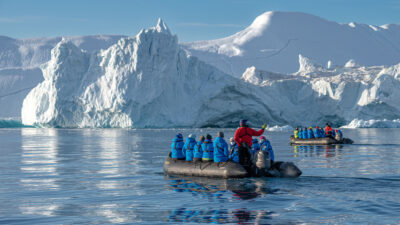Article | Canadian High Arctic and Greenland
Polar Bears
By Dennis Minty | October 06, 2020
Related expeditions: Greenland and Arctic Canada: High Arctic Explorer, The Northwest Passage, Heart of the Arctic, Bears of Churchill Town and Tundra Enthusiast, and Belugas, Bears, and Blooms

© Dennis Minty
































